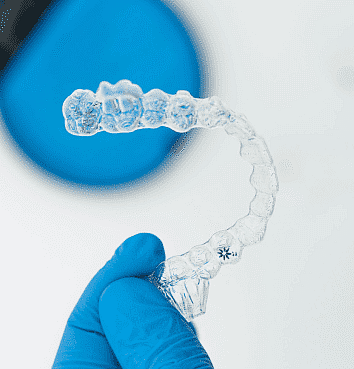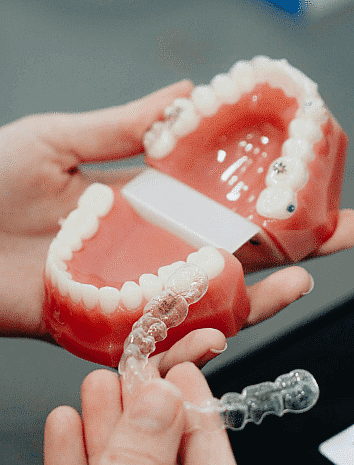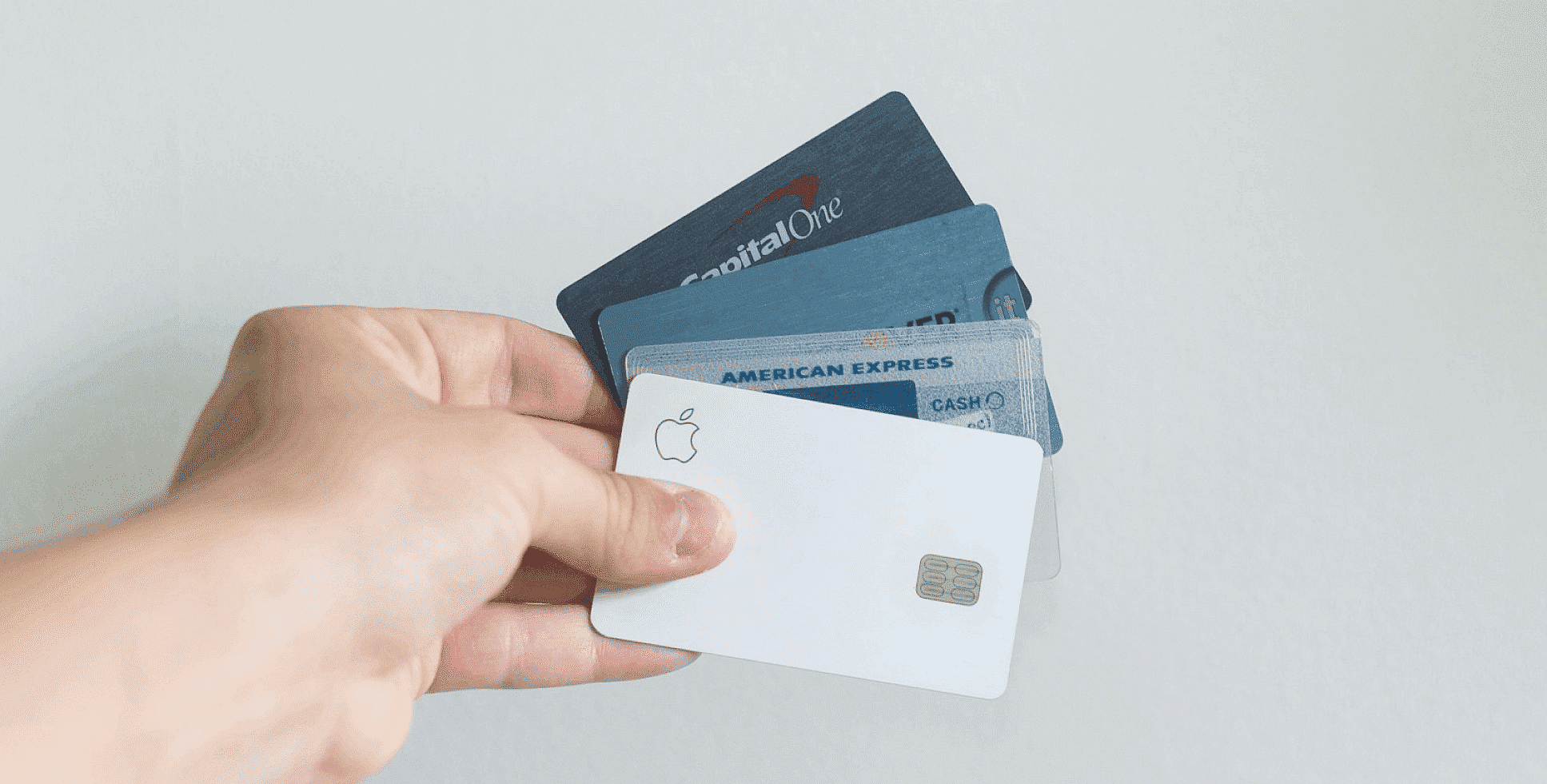Understanding Invisalign Payment Plan
Getting a confident and beautiful smile is priceless, but it’s also important to think about the financial side of your journey. Flexible payment plans are a practical way to manage the cost of orthodontic care. Here’s how these plans can work for you.



How does an Invisalign Payment Plan Work?

What is an Invisalign Payment Plan?
Our Invisalign payment program is a structured financial plan created for patients in Sunnyvale who are seeking clear aligner solutions. Rather than paying for the whole treatment upfront, you can divide the amount into more affordable monthly payments.
Benefits of an Invisalign Payment Plan
Your journey to a straighter smile at Smile City Orthodontics includes:


Things to Consider When Choosing a Payment Plan
Importance of Affordable Payment Options for Orthodontic Treatment
Orthodontic care plays a crucial role in dental health. Unfortunately, the cost can often deter some patients from getting the treatment they need. This is why having options for affordable payments can make such a difference.

Understanding the Cost of Orthodontic Treatment
Orthodontic treatments like clear aligners or metal braces can sometimes feel costly. Prices vary depending on factors like treatment complexity, duration, and the type of appliance. Without insurance or a payment plan, many patients might feel overwhelmed.
Why Affordable Payment Options Matter
Affordable payment schedules make treatments accessible for more patients by breaking costs into smaller, manageable amounts. This reduces financial stress and enables patients to focus on their dental treatments instead of costs.
Benefits of Affordable Payment Options
What to Look for in a Payment Plan
When picking a payment option for Invisalign or braces, it’s important to review the terms and conditions thoroughly. Opt for plans offering flexibility, budget-friendly monthly rates, and a suitable timeline.
Key Features of a Good Payment Plan


Cost of Invisalign Treatment in Sunnyvale TX
Average Cost of Invisalign Treatment in Sunnyvale
Invisalign is a popular option for enhancing your smile, but it’s important to understand the costs before starting treatment. The average price of Invisalign can vary based on several key factors. Let’s take a closer look at what influences the overall cost.
Finally, don’t overlook the value of great customer service when navigating insurance coverage. A supportive orthodontic team can make the process easier, answer your questions, and help you get the most out of your insurance benefits. Always feel comfortable reaching out for guidance when it comes to managing insurance for your Invisalign treatment.
Factors Influencing the Cost of Invisalign
The for Invisalign treatment may differ between patients due to these factors:
The Complexity of Your Case
Simple cases like mild crowding may cost less, while major corrections like realigning overbites or underbites will require more resources and cost higher.
The Duration of Your Treatment
The longer your Invisalign journey, the more aligners are needed, influencing the overall cost.
Your Geographical Location
The cost of Invisalign can also be influenced by where you live. In general, treatment tends to be more expensive in urban areas with a higher cost of living compared to more rural or suburban locations.
The Experience of Your Orthodontist
Orthodontists with extensive experience and a strong reputation may have higher fees, but their expertise often leads to more efficient and successful treatment outcomes—making the investment well worth it.
Invisalign Payment Options
Understanding the Need for Flexible Payment Options
Investing in your dental health is important, and Invisalign is a top choice for those looking to enhance their smile. Still, cost can be a concern for many. That’s why flexible payment options are so valuable—they make it easier to stay within your budget while working toward the confident smile you deserve.

Monthly Payment Plans for Invisalign
Health Savings Accounts and Tax-Free Funding Options
Dental Insurance Coverage

Understanding What Dental Insurance Plans May Cover
Dental insurance coverage can vary significantly from one plan to another. While some plans may cover part of the cost of Invisalign, others may offer little to no coverage. It’s essential to review the details of your insurance policy to understand exactly what benefits are available for orthodontic treatment.
Many dental insurance plans offer orthodontic coverage, which often includes traditional braces and may also extend to Invisalign. If your plan covers orthodontic treatment, it will typically pay a percentage of the Invisalign cost, up to a specified maximum benefit amount.
Some dental insurance plans include a lifetime maximum for orthodontic coverage. This means there’s a set limit on how much the insurance company will pay toward orthodontic treatment over the life of the policy. If your plan has this limit, be sure to take it into account when considering Invisalign, as it can affect your total out-of-pocket costs.
Invisalign Insurance Options and Limitations
While certain insurance plans do provide coverage for Invisalign, there are often limitations and restrictions to keep in mind. Here are some common examples to be aware of.
Some insurance plans only provide orthodontic coverage for individuals under a specific age, often targeting children or teens. If you’re over this age limit, you may be responsible for covering the full cost of Invisalign out of pocket.
Some insurance plans require prior authorization before they will cover Invisalign treatment. This means you’ll need to submit a proposed treatment plan to your insurance provider and receive approval before beginning treatment to ensure eligibility for coverage.
Some insurance plans limit coverage to specific types of orthodontic treatment—such as traditional braces—while excluding options like Invisalign. It’s important to check with your insurance company to find out what types of treatment are covered under your plan.

Financing Invisalign Treatment
Exploring Financing Options for Invisalign
Investing in Invisalign can greatly enhance both your oral health and self-confidence. While the cost may seem like a barrier, there are multiple financing options designed to make treatment more affordable. This guide will walk you through these options, highlight their benefits, and help you choose the best approach to fit your budget and needs.
Availability of Funding Options and Payment Plans
Benefits of Interest-Free or Low-Interest Financing
Affordability and Long-Term Benefits
Evaluating the Affordability of Invisalign Treatment
When considering orthodontic treatment, cost is a key factor when thinking about orthodontic treatment. Invisalign, a popular option for straightening teeth, is often seen as costly. However, it’s important to evaluate the affordability of Invisalign treatment in a comprehensive manner.
The cost of Invisalign treatment varies based on several factors, including the complexity of your case, the duration of treatment, and the provider you choose. Many dental insurance plans offer partial coverage, which can help make the treatment more affordable.
Many dental clinics provide financing plans for Invisalign treatment, including monthly payments that make costs more manageable. Additionally, Flexible Spending Accounts (FSAs) and Health Savings Accounts (HSAs) can be used to cover expenses, further improving affordability.
Long-term Benefits of Investing in Invisalign
Although the initial cost of Invisalign may appear high, it’s essential to look at the lasting benefits.
Firstly, straighter teeth are simpler to clean, lowering the chances of cavities and gum disease. This can help you avoid costly dental treatments over time.
Secondly, a straighter smile can enhance your self-esteem and confidence, positively impacting your social interactions, personal relationships, and professional opportunities.
Lastly, unlike traditional braces, Invisalign aligners are removable and nearly invisible. This allows you to eat, brush, and floss as usual, making the treatment process more seamless and comfortable.


